- عنوان کتاب: Architectures and Circuits for Distributed Quantum Computing
- نویسنده: Daniele Cuomo
- حوزه: محاسبات کوانتومی
- سال انتشار: 2024
- تعداد صفحه: 86
- زبان اصلی: انگلیسی
- نوع فایل: pdf
- حجم فایل: 2.37 مگابایت
محاسبات کوانتومی توزیع شده به عنوان یک برنامه کاربردی محوری در زمینه فناوری های کوانتومی است. معماری های توزیع شده می توانند به عنوان دروازه ما برای فراتر رفتن از دوران NISQ فعلی عمل کنند [1-6]. ادغام پردازندههای کوانتومی توزیعشده فضایی فرصتی برای ساخت معماریهای مقیاسپذیر است که میتواند به طور موثر چالشهای ذاتی نویز کوانتومی را برطرف کند [4، 7]. با این حال، تلاش برای اتصال این پردازندههای کوانتومی توزیعشده با مجموعهای از چالشهای مهم مواجه است [2، 8-12]. برای ایجاد یک سیستم محاسبات کوانتومی توزیع شده عملی، ضروری است که با آخرین فن آوری های در حال توسعه در سراسر جهان همراه باشید. به این ترتیب، این کار با بررسی برخی از فناوری های سخت افزاری پیشرفته آغاز می شود. 1.1. این به ما (و خواننده) درک واقع بینانه ای از اجزای اساسی که یک سیستم محاسبات کوانتومی توزیع شده را تشکیل می دهند، ارائه می دهد. به دنبال این، ما یک توسعه تمام پشته ماژولار و سازگار در بخش پیشنهاد می کنیم. 1.2. در واقع، این چارچوب بر گزاره های قبلی [2] بنا می شود. با چپ. در 2 و 3، ما تمرکز خود را از فناوریهای سختافزاری به ابزارهای اساسی که زیربنای پارادایمهای محاسباتی توزیع شده هستند، تغییر میدهیم. ما از مدل مدار کوانتومی استاندارد به طور گسترده پذیرفته شده برای بیان محاسبات کوانتومی استفاده می کنیم که با اصول سنتز و تجزیه واحد شروع می شود. این اصول نه تنها برای محاسبات محلی حیاتی هستند، بلکه مبنایی برای درک معماری های توزیع شده نیز تشکیل می دهند. به منظور کامل شدن، فصل. 4 چارچوبی را برای پرداختن به نویز کوانتومی، که مسلماً یکی از بزرگترین چالشهای تا به امروز است، با توجه به مشکلات مقیاسپذیری ذاتی آن در سختافزار، ارائه میکند. این فصل دیدگاهی در مورد بزرگی مشکل نویز ارائه می دهد که به ناچار جزء هر سیستم محاسباتی توزیع شده خواهد بود. این چارچوب توسط نتایج تجربی تقویت شده است. با تکیه بر دانش بهدستآمده در طول فصلهای قبل، ما با مدلسازی و ارزیابی عددی برای سناریوهای پیچیده مورد علاقه عمومی نتیجهگیری میکنیم. 5. ما از برخی از پیشرفته ترین ابزارها برای استدلال منطقی استفاده می کنیم، مانند بهینه سازی شبکه، دستکاری مدار، نظریه گروه و حساب ZX. ما بهدقت چالشهای متعددی را شناسایی کرده و به آن پرداختیم، و به بینشهای ارزشمندی در مورد چگونگی توسعه یک سیستم محاسبات کوانتومی توزیعشده دست یافتیم.
Distributed quantum computing stands as a pivotal applications in the field of quantum technologies. Distributed architectures could serve as our gateway to transcend the current NISQ era [1–6]. The integration of spatially distributed quantum processors presents an opportunity to construct scalable architectures that can effectively address the inherent challenges of quantum noise [4, 7]. However, the endeavor of interconnecting these distributed quantum processors is confronted with a set of significant challenges [2, 8–12]. To establish a practical distributed quantum computing system, it is imperative to stay abreast of state-of-the-art technologies under development worldwide. As such, this work commences by reviewing some cutting-edge hardware technologies— Sect. 1.1. This provides us (and the reader) with a realistic understanding of the fundamental components that comprise a distributed quantum computing system. Following this, we propose a modular and adaptable full-stack development in Sect. 1.2. In fact, This framework builds upon prior propositions [2]. With Chaps. 2 and 3, we shift our focus from hardware technologies to the fundamental tools that underpin distributed computing paradigms. We employ the widely accepted standard quantum circuit model to articulate quantum computation, beginning with the basics of unitary synthesis and decomposition. These fundamentals are not only crucial for local computations but also form the basis for understanding distributed architectures. For the sake of completeness, Chap. 4 provides a framework for addressing quantum noise, arguably one of the most formidable challenges to date, given its inherent scalability issues with hardware. This chapter offers a perspective on the magnitude of the noise problem, which will inevitably be a component of any distributed computing system. The framework is bolstered by experimental results. Drawing upon the knowledge gained throughout the preceding chapters, we conclude with numerical modeling and evaluation for complex scenarios of general interest—Chap. 5. We employ some of the most advanced tools for logical reasoning, such as network optimization, circuit manipulation, group theory, and the ZX-calculus. We meticulously identified and addressed numerous challenges, gaining valuable insights on how a distributed quantum computing system should be developed.
این کتاب را میتوانید از لینک زیر بصورت رایگان دانلود کنید:
Download: Architectures and Circuits for Distributed Quantum Computing



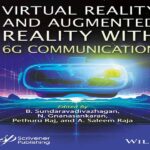
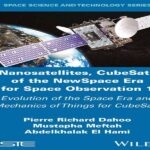
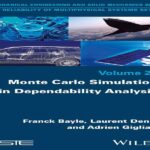
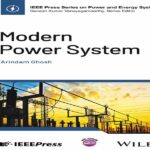



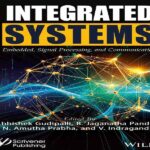


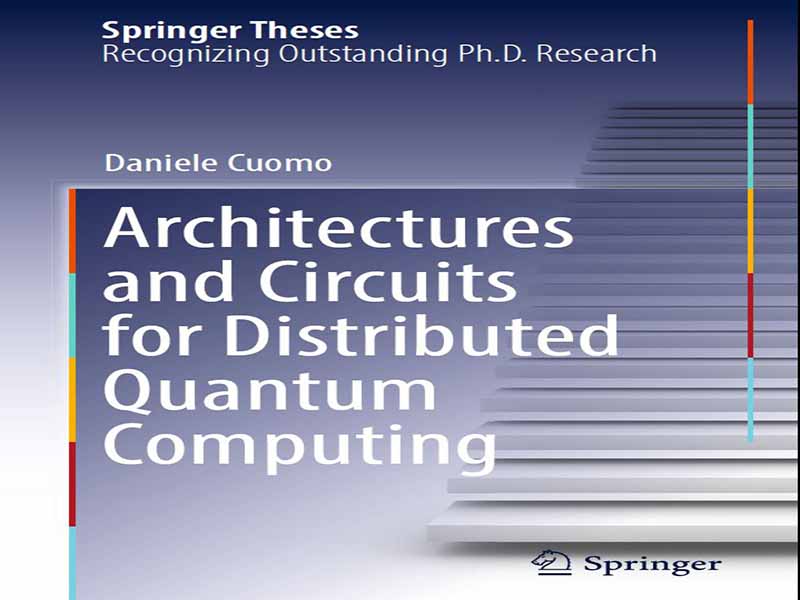





















نظرات کاربران